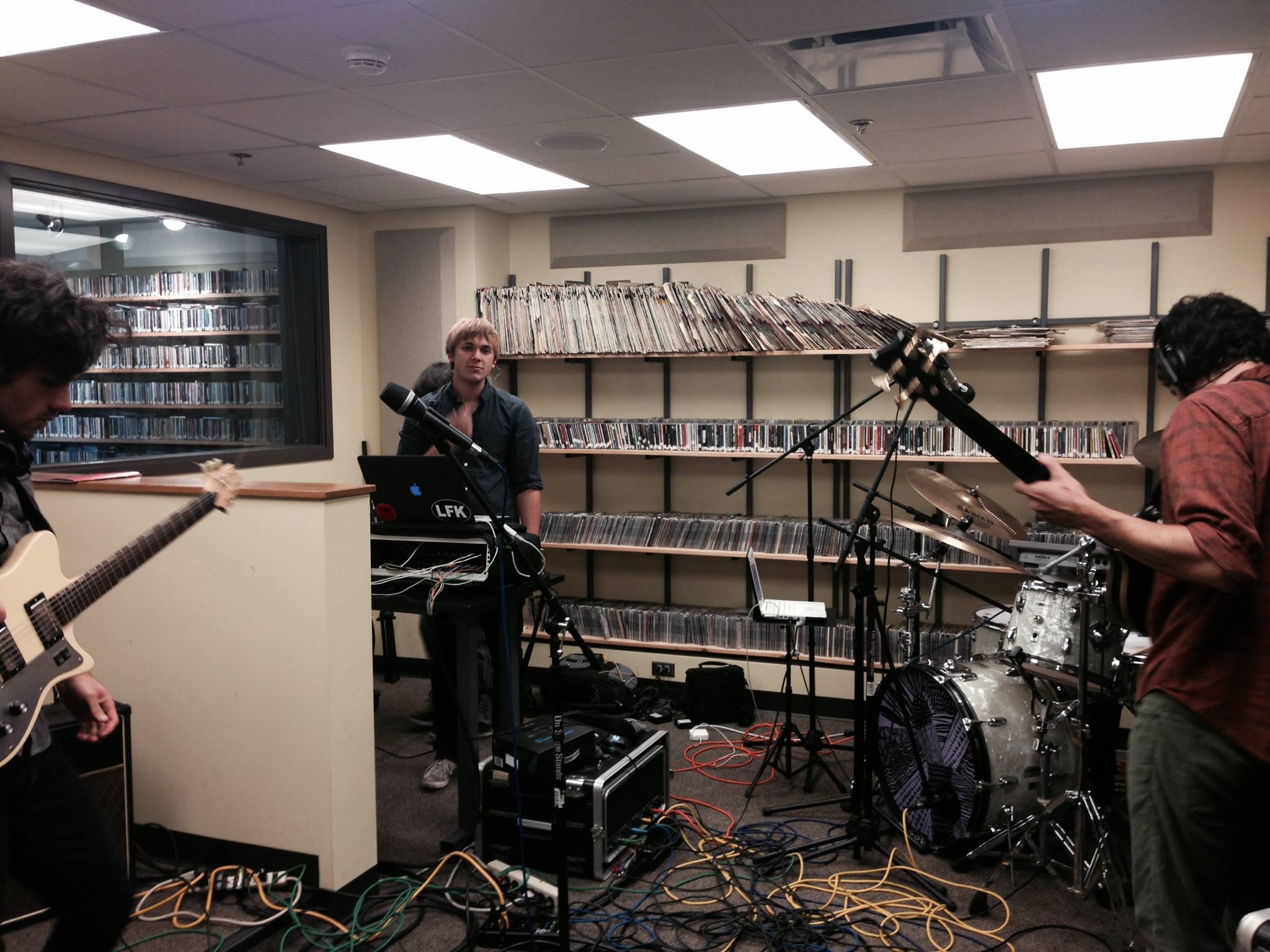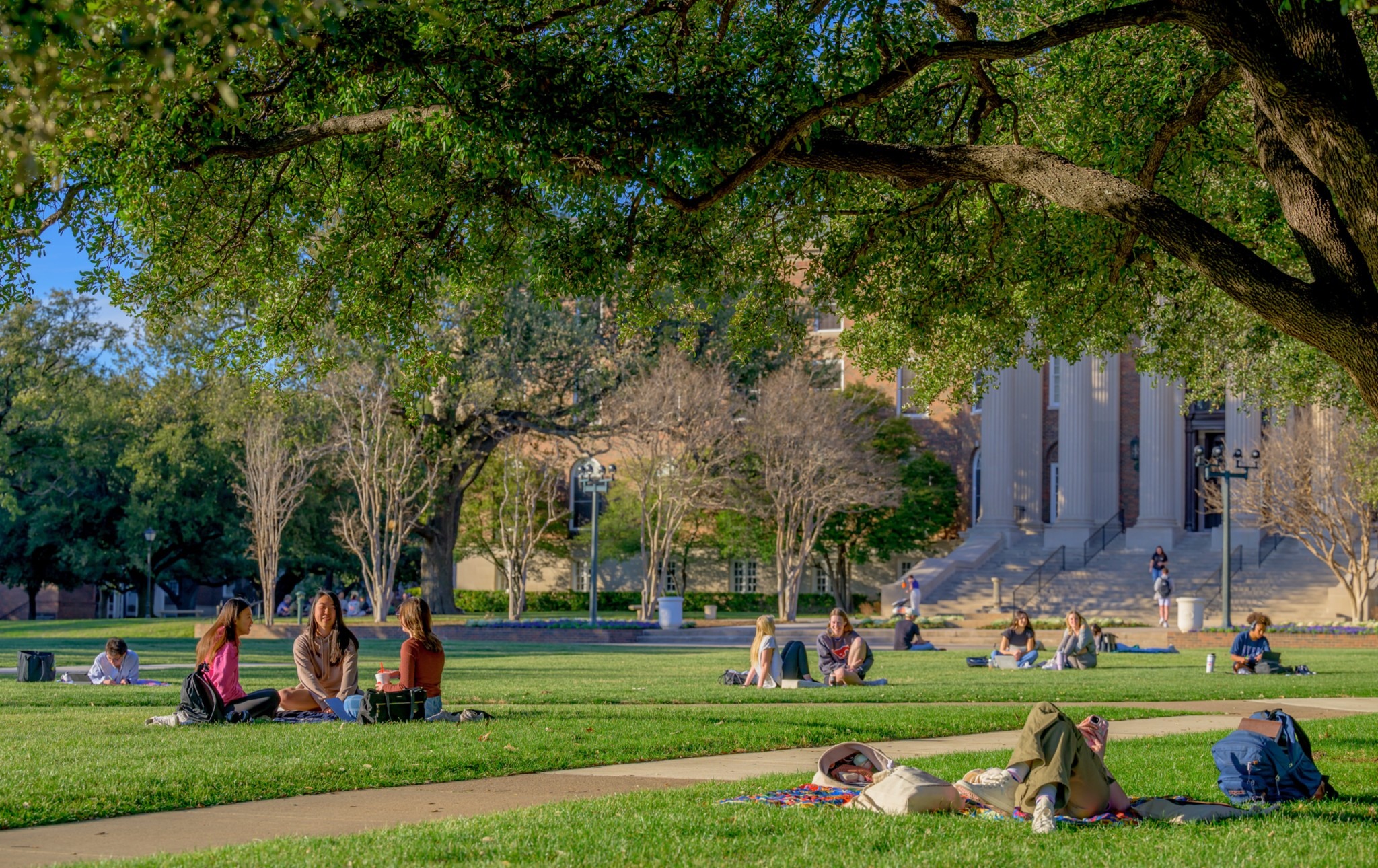Related:
Caprese Salad
- Home Page 61

Code for Fireworks Display
At least twice a year, and during performances with flame effects, public safety departments in colleges and universities have an elevated concern about campus citizen safety, and the safety of the host community, when fireworks are used for celebration. We find very rigorous prohibitions against the use of fireworks, weapons and explosives on campus. Education and enforcement usually falls on facility and operation campus safety units.
That much said, we follow development, but do not advocate in NFPA 1123 Code for Fireworks Display, because it lies among a grouping of titles that set the standard of care for many college and university public safety departments that sometimes need to craft prohibitions with consideration for the business purposes of entertainment and celebration in education facilities. NFPA 1123 is not a long document — only 22 pages of core text — but it contains a few basic considerations for display site selection, clearances and permitting that campus public safety departments will coordinate with the host community. It references NFPA 1126, Standard for the Use of Pyrotechnics Before a Proximate Audience and NFPA 160 Standard for the Use of Flame Effects Before an Audience.
Something to keep an eye on. The home page for this code is linked below:
NFPA 1123 Code for Fireworks Display
For a sense of the technical discussions, transcripts of two developmental stages are linked below:
Public comment on 2026 Edition proposed revisions is receivable until May 30, 2024.
We maintain this title on our periodic Prometheus colloquium. See our CALENDAR for the next online meeting.
Issue: [16-134]
Category: Public Safety
Colleagues: Mike Anthony, Jack Janveja, Richard Robben
More
Banana Oatmeal Pancakes
Standards Iowa | Iowa Facilities Management | “John Francis Rague– Pioneer Architect of Iowa”
American Sign Language Coffee Chat | Iowa College of Liberal Arts & Sciences
The University of Iowa is home to the only nationally endorsed Child Life program in Iowa. pic.twitter.com/iIzWEJxAkO
— University of Iowa (@uiowa) February 17, 2025
.@uihealthcare is a top hospital for maternity care according to U.S. News & World Report. Our hospital is ranked as “High Performing,” the highest rank available. 💛 pic.twitter.com/Cbuv53mBkJ
— University of Iowa (@uiowa) December 30, 2024
Library of Congress: Scandinavian Migration to “New Sweden, Iowa”
Staying warm the Hawkeye way pic.twitter.com/L2jOUAcdUZ
— University of Iowa (@uiowa) December 13, 2024
Book of Ruth
This content is accessible to paid subscribers. To view it please enter your password below or send mike@standardsmichigan.com a request for subscription details.
Seed the Future
My D-i-l never wanted to be a farmer’s wife. I think she is killin’ it. pic.twitter.com/uBpRRqhG44
— Leslie (@Hopeleslie1234) August 10, 2024
KJHK 90.7 FM
What a view. What a place. pic.twitter.com/AOzAvxmYok
— University of Kansas (@UnivOfKansas) August 23, 2023
Talk about a perfect night to 🏈 kick off 🏈 football season. pic.twitter.com/ElqIbEjTKP
— University of Kansas (@UnivOfKansas) September 2, 2023
KU’s School of Business received a $50 million commitment from an anonymous donor — the largest donation in the school’s history. The transformative gift supports the school’s ongoing commitment to research and its student success initiatives.https://t.co/ZaohgKnVZ6
— University of Kansas (@UnivOfKansas) September 8, 2023
Southern Methodist University: Real Estate Investment Trusts
All the work we do intervening in technical standards setting to make educational settlements safer, simpler, lower-cost and longer-lasting does not keep pace with the growth rate of the largest non-residential building construction market in the United States which is presently challenged by international demand; but perhaps not for long.
What do REITs actually build on campus?
-
Most university-linked REIT activity is in student housing.
-
Publicly traded REITs (e.g., American Campus Communities, EdR before acquisition) invest heavily in dormitories, apartments, and mixed-use retail.
-
They typically do not build core academic facilities (labs, classrooms) or administrative buildings.
Why do universities use REITs?
-
To outsource capital costs. Universities avoid debt on their balance sheets.
-
REITs finance, build, and sometimes operate student housing under long-term ground leases or Public-Private Partnerships (P3s).
-
Universities see this as a way to expand housing quickly without issuing bonds.
While REITs don’t “overbuild” in the academic sense, they can fuel:
-
Overcapacity in student housing if enrollment projections are wrong or decline.
-
Pressure to approve new beds even as demand flattens or drops.
-
Long-term financial obligations (e.g., guaranteed occupancy rates in P3 contracts) that burden universities if enrollment falls.
- Some universities guaranteed minimum occupancy in REIT partnerships. If enrollment dipped, they had to subsidize empty rooms.
Most overbuilding in core facilities—labs, classrooms, administrative space—has been driven by:
-
Ambitious master plans
-
Competition for prestige
-
Donor-driven construction
-
Misaligned enrollment forecasts
We leave the topic of “Football Field Syndrome” for another day.
Redundant Square Footage
This Washington D.C. – based non-profit’s founding originated at the University of Michigan in the 1920’s and has long since expanded affiliates in several North American regions and states. It maintains one of the most active bibliography on space utilization, curated here to support today’s colloquium.
How Understanding Campus Utilization Rates Can Reduce Your Institution’s Carbon Footprint
“The State of Facilities in Higher Education: Space, Spending, & Staff” (June 2024)
Discusses the tension between campus building stock and declining enrollment, examining the ratio of space-to-enrollment growth, and exploring how institutions are reducing footprint amid surplus space
“Changing the Facilities Backlog Conversation in Higher Education” (July/August 2021)
Covers how colleges manage over 6 billion sq ft of campus space, a deferred maintenance backlog of $112 billion, and strategies (“Catch Up” & “Keep Up”) for dealing with excess and aging space
“Gordian Partners with APPA to Estimate Higher Education Infrastructure Backlog Need” (July 2021)
Details the count of 6.2 billion sq ft in 210,000 buildings, average age nearing 50 years, and current replacement value exceeding $2 trillion—highlighting the need to reassess and reduce physical footprint
“Abstract: Space Planning and Administration” (Body of Knowledge, ~2019)
Describes how some universities manage 20 million+ sq ft on a single site, emphasizing processes to inventory, classify, and efficiently use space, noting underutilized spaces like athletic fields (“football field syndrome”)
“The State of Facilities in Higher Education: Facilities Manager Magazine” (March/April 2025)
While full access is member‑only, the issue’s focus (“Elevating Student Experiences”) includes featured articles on repurposing and rightsizing spaces in response to shifting enrollment.
“Institutional Success” (APPA Thought Leaders Series, circa 2014)
Outlines how reducing campus square footage—such as demolishing 120,000 sq ft of trailers and replacing with 175,000 sq ft centralized facility—can save ~$1.6 M annual maintenance
English as the Standard Language of the Internet
This content is accessible to paid subscribers. To view it please enter your password below or send mike@standardsmichigan.com a request for subscription details.
Acadian Rappie Pie
This content is accessible to paid subscribers. To view it please enter your password below or send mike@standardsmichigan.com a request for subscription details.
New update alert! The 2022 update to the Trademark Assignment Dataset is now available online. Find 1.29 million trademark assignments, involving 2.28 million unique trademark properties issued by the USPTO between March 1952 and January 2023: https://t.co/njrDAbSpwB pic.twitter.com/GkAXrHoQ9T
— USPTO (@uspto) July 13, 2023
Standards Michigan Group, LLC
2723 South State Street | Suite 150
Ann Arbor, MI 48104 USA
888-746-3670























